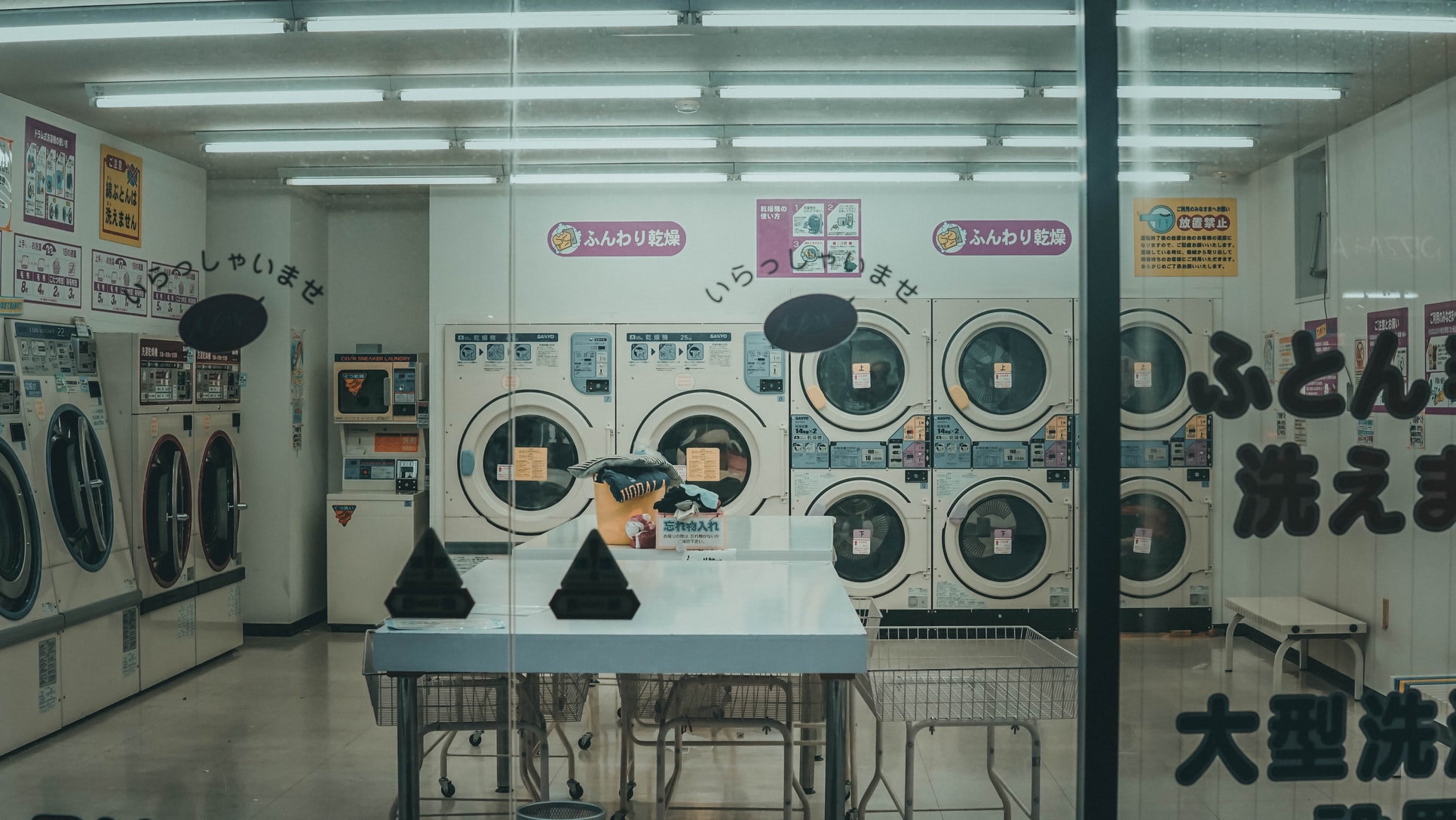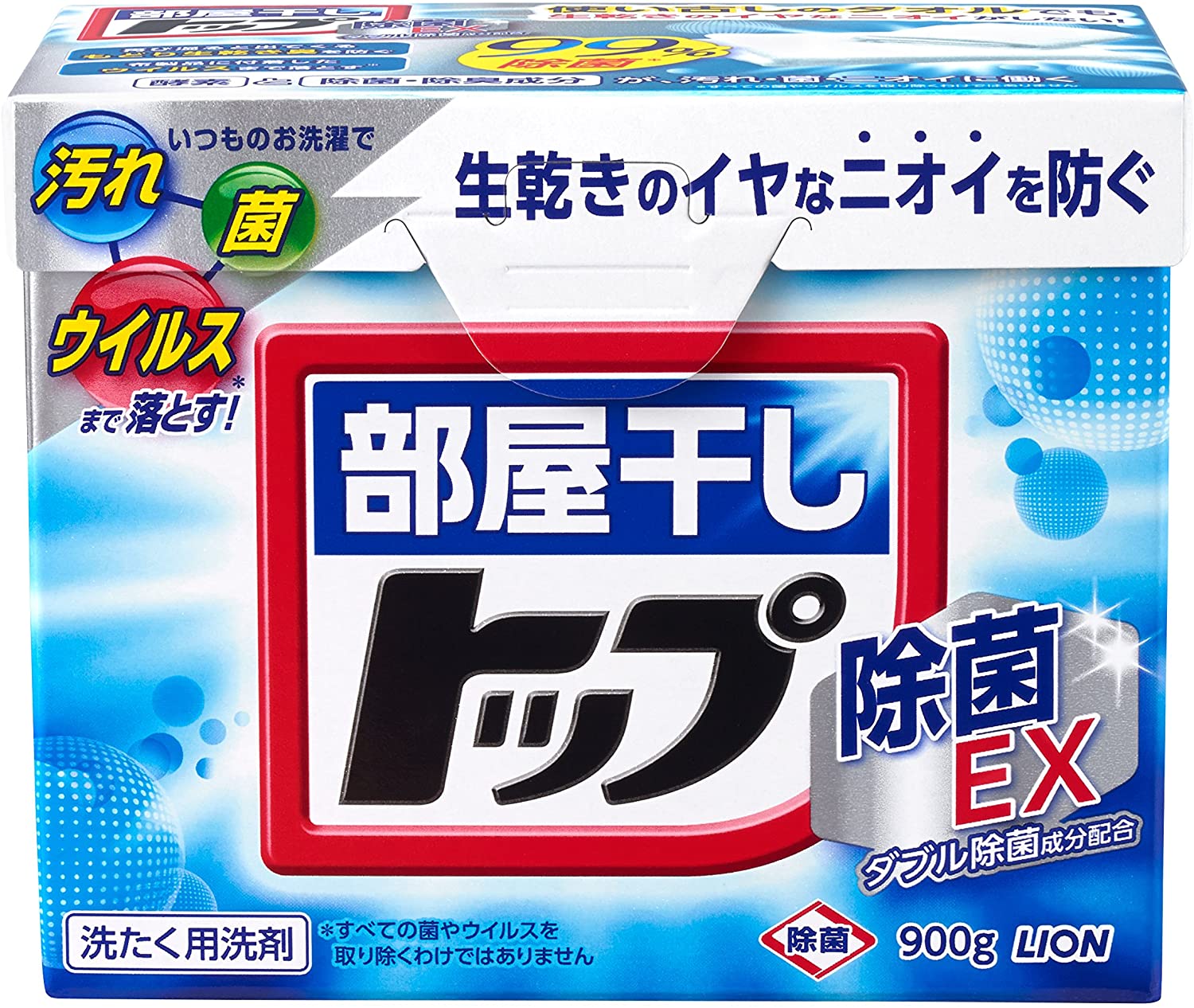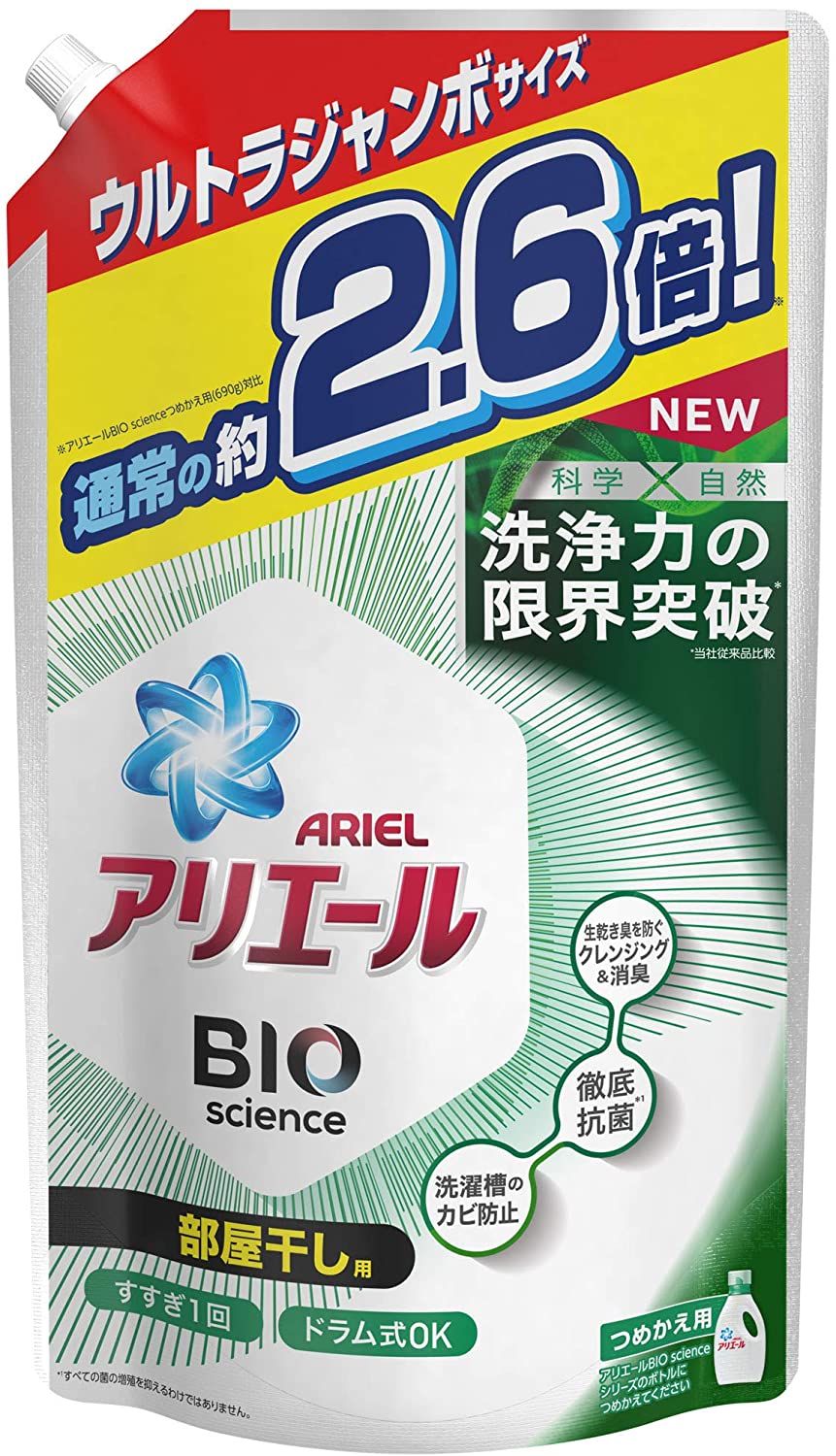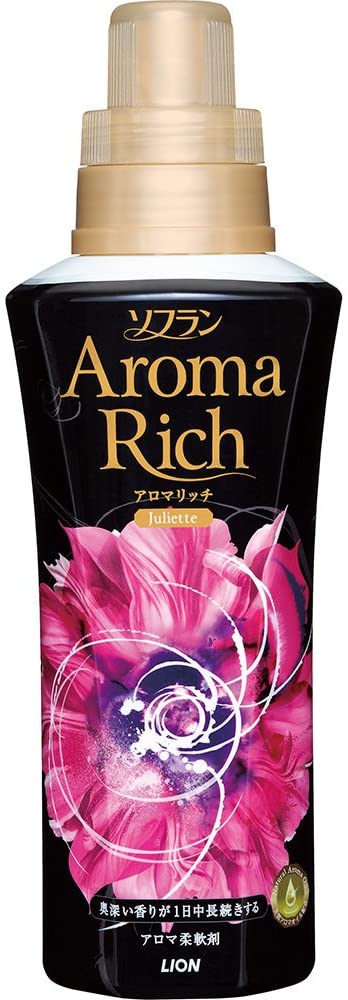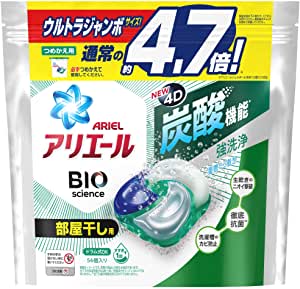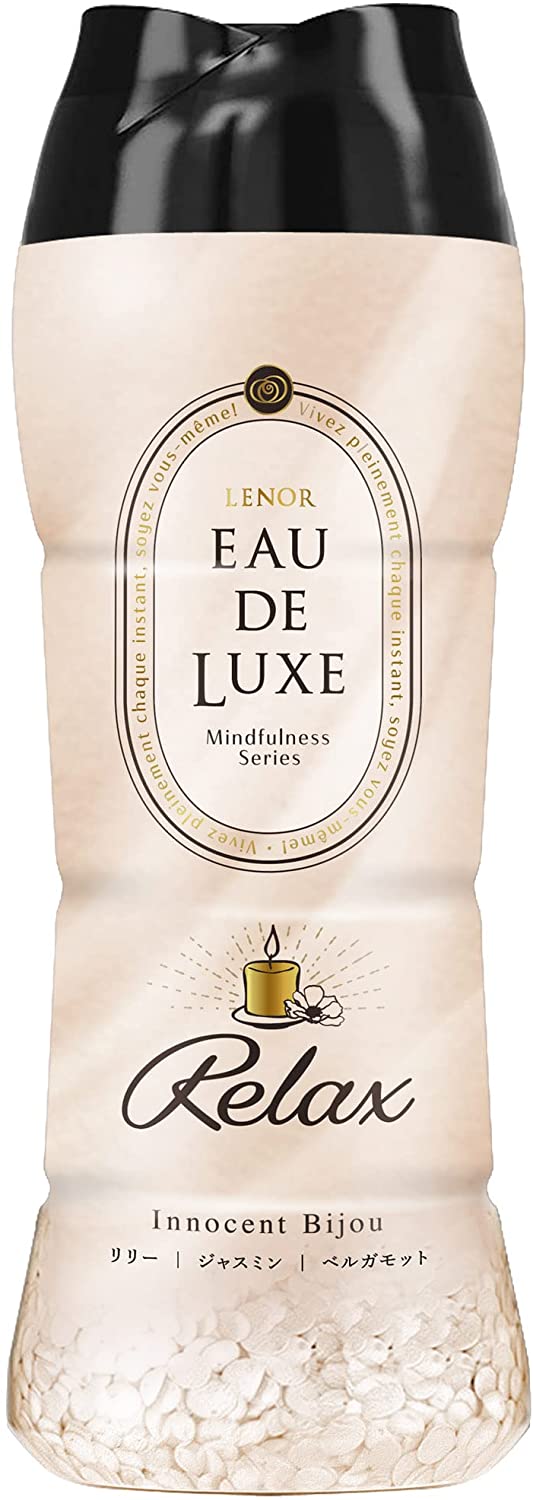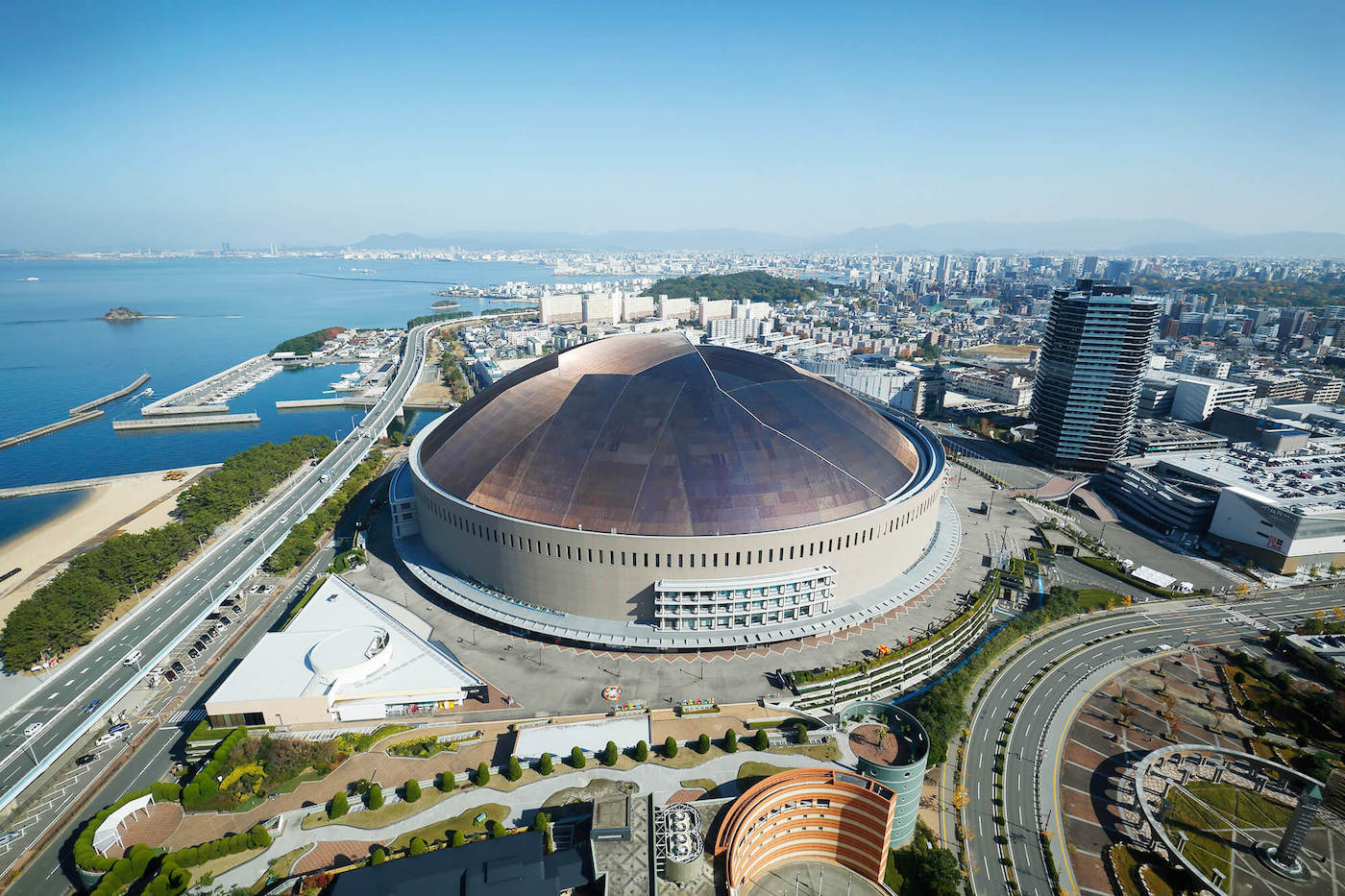Pellets, pods, powder, or liquid – these are your options when doing laundry in Japan. On top of the complicated kanji on the bottle, their intended use can get confusing. Read on to finally decipher how to get fresh-smelling clothes that last all day.
Doing laundry in Japan is done much like any other country, although the vast options, different washing machine setup, and changing seasons can affect your overall experience. Hopefully, the following guide can help answer any questions you might have about washing clothes in Japan.
Table of Contents
Must-have products in your laundry area
For starters, your laundry area must be equipped with the following essentials: laundry detergent, bleach, and fabric softener. Technically, just these three are enough to get your clothes cleaned. Let’s cut to the chase and see what Japanese stores have to offer when it comes to these three essentials.
The general word for laundry detergent is 洗濯洗剤 (sentakusenzai) which would be clearly written on the packaging label. They come in liquid and powder form, with refills for both options. The most popular brands include Ariel (アリエール), Nanox, Attack (アタック) and Top (トッポ).
Here’s a sample of the laundry detergents:
Next is the bleach which is called 漂白剤 (hyouhakuzai) and written as 衣料用漂白剤 (iryouyou hyouhakuzai) on the packaging label. Popular bleach brands include Haiter (ハイター) and Wide Haiter (ワイドハイター). Unlike other countries, bleach in Japan is usually safe for use on all machine-washable fabrics, including colored clothing, because the formulation doesn’t contain chlorine but hydrogen peroxide or oxygen bleach. However, if you are after removing yellowed stains on a white fabric, look for 塩素系 (ensokei), which is chlorine bleach, and should tackle that issue. Just make sure to wash it separately to avoid discoloration on your other clothes.
Here’s a sample of a bleach product:
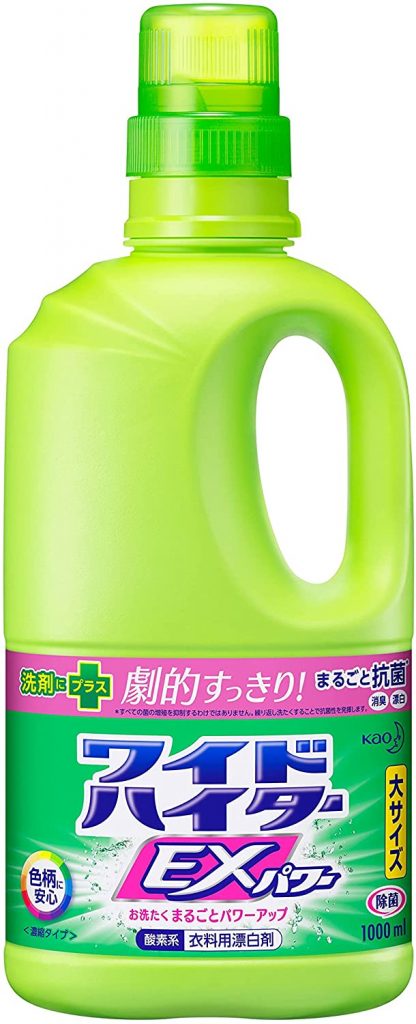 Lastly, you have the finishing touch to clean clothes: the fabric softener, which is 柔軟剤 (juunanzai) and 柔軟仕上げ剤 (juunan shiagezai) on bottles. Popular fabric softener brands in Japan include Aroma Rich, Downy, Sarasa (さらさ), Lenor (レノア ) and Soflan (ソフラン). You can easily spot fabric softeners for their bright, floral packaging labels. It’s hard to miss the bright pink, purple and blue colors of their bottles. If you prefer an unscented version, choose one with “無香科” on the bottle, meaning no added fragrances.
Lastly, you have the finishing touch to clean clothes: the fabric softener, which is 柔軟剤 (juunanzai) and 柔軟仕上げ剤 (juunan shiagezai) on bottles. Popular fabric softener brands in Japan include Aroma Rich, Downy, Sarasa (さらさ), Lenor (レノア ) and Soflan (ソフラン). You can easily spot fabric softeners for their bright, floral packaging labels. It’s hard to miss the bright pink, purple and blue colors of their bottles. If you prefer an unscented version, choose one with “無香科” on the bottle, meaning no added fragrances.
Here are a couple of fabric softeners for reference:
Laundry pods and pellets work too
Gone are the days when you only pour some powder into a washing machine and press “wash.” With manufacturers pushing for increased consumer convenience, pods and pellets were created. Laundry detergent pods have taken the market by storm.
They’re effective, convenient, and super simple to use. Just pop one or two into a load, and you’re good to go. Each pod contains a combination of highly concentrated laundry detergent, fabric softener, and bleach or whitener in water-soluble packaging. Meanwhile, the more recent laundry pellets or beads work by lifting dirt from the surface of the fabrics. These are great supplements to a load to clean and freshen fabrics.
My laundry product consists of a combination of all the essentials. I’ve discovered that this approach keeps our clothes smelling clean and fresh while addressing stains. I use pods for the general cleaning, a bit of powder detergent for that extra kick, color-friendly bleach, fabric softener, and a scoop of pellets with an antibacterial effect. Even after hanging clothes to dry all day, they still smell amazing and remain soft when worn.
Tackling stubborn stains
There always comes a time when the regular laundry products don’t make the cut in addressing tough and stubborn stains on clothes, shoes, and other fabrics. In my case, it’s the weekly washing of our daughter’s uwobaki or school shoes and rubber shoes after a muddy physical education class. Not to worry though, Japan has the products to address shoe washing.
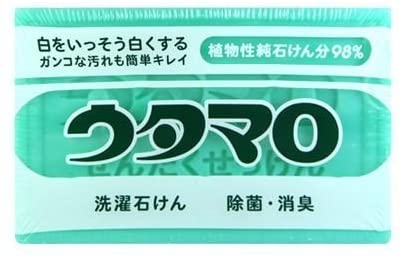 Known as utamaro laundry soap, this blue bar of soap (also comes in foam form) can remove stubborn dirt and stains on socks, uniforms, collars, sleeves, shirts, and shoes. This is a must-have for those who like having white apparel as it keeps your items white and clean.
Known as utamaro laundry soap, this blue bar of soap (also comes in foam form) can remove stubborn dirt and stains on socks, uniforms, collars, sleeves, shirts, and shoes. This is a must-have for those who like having white apparel as it keeps your items white and clean.
Understanding the washing machine
Here’s a quick guide to maneuvering a typical Japanese washing machine to ensure that your clothes get washed properly. Just look for the specific function based on the Japanese characters written on the buttons, and you’re good to go.
|
Japanese |
English |
|
電源 (dengen) |
Power |
|
入/切 (iri/kiri) |
On/Off (usually the same button) |
|
スタート/一時停止 (sutaato/ichijiteishi) |
Start/Stop |
|
おまかせ (omakase) |
Automatic cycle |
|
すすぎ1回 (susugi ikkai) |
One rinse cycle |
|
お急ぎ (oisogi) |
Speed wash |
|
つけおき (tsukeoki) |
Soak |
|
毛布 (moufu) |
Blanket |
|
洗い (arai) |
Wash |
|
すすぎ (susugi) |
Rinse |
|
脱水 (dassui) |
Dry |
|
水量 (suiryou) |
Water volume |
|
チャイルドロック (chairudorokku) |
Child lock |
Use the products correctly
Of course, one must use the laundry products correctly for them to perform as intended. For example, place the pods, beads, powder and liquid first into the bottom of the drum if your washing machine doesn’t have a designated compartment for them. This avoids detergent residue sticking to the clothes after the wash cycle. Most machines also have a slot for fabric softener, so watch out for this to ensure that the product is applied last and gets retained on the clothes.
How to handle the drying process
Drying your laundry is an equally important part of the process because this affects the quality of the wash all the way to the time you wear your clothes. If you don’t have ready access to drying under direct sunlight, or perhaps it’s wintertime or rainy season, your laundry products need to be tweaked a bit.
The focus, in this case, is antibacterial properties in your laundry products because clothes that don’t fully dry develop a funky smell which is caused by bacteria growth. With that in mind, you can go for products that are made for indoor drying, such as:
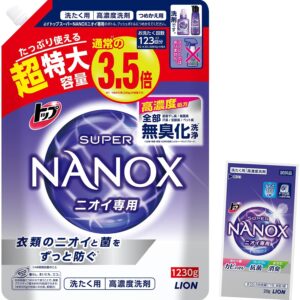 If you iron your clothes, you can also check out spray starch which helps the steam and heat stick to your clothes, leaving them crisp for longer hours.
If you iron your clothes, you can also check out spray starch which helps the steam and heat stick to your clothes, leaving them crisp for longer hours.
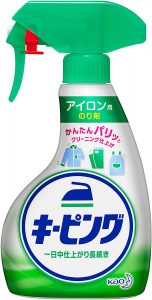
Tips to doing laundry
The frequency of doing laundry greatly depends on the size of your machine and level of activity. For example, if you get really sweaty after going to the gym a few days a week, keeping your clothes in a hamper for an extended period can result in unwanted odor and bacteria buildup. It is recommended to do laundry at least every two days if possible. By sticking to this schedule, you keep your clothes clean.
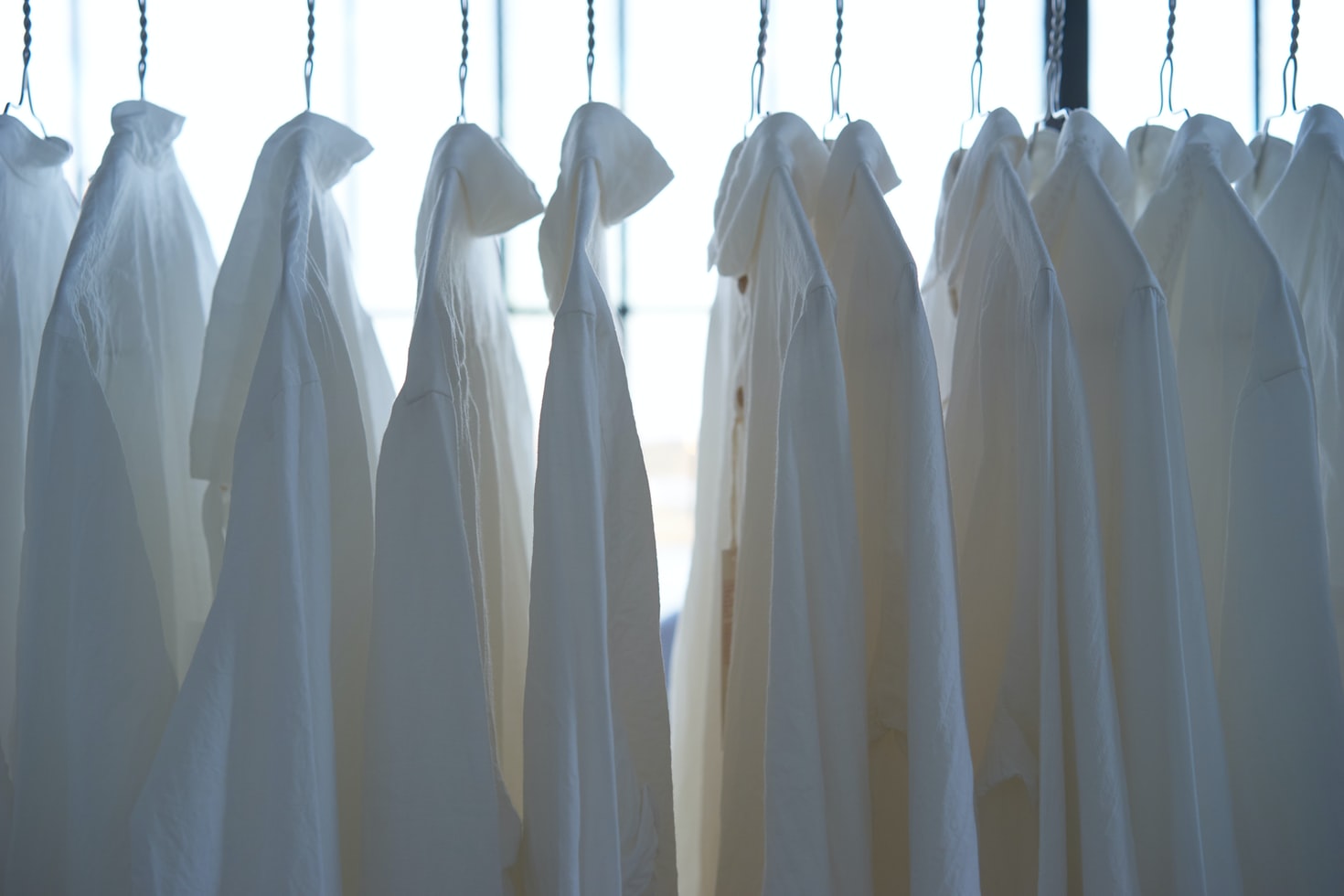 Another tip is to address stains immediately to prevent them from settling. For example, if you accidentally spill coffee on a white shirt, blot that area with laundry detergent and water or some bleach before placing it in the hamper. This will prevent stains from forming. For stubborn oil blotches, a combination of hot water and bleach, vinegar, baking soda, or laundry detergent should remove those stubborn droplets that withstands even repeated wash cycles in a machine.
Another tip is to address stains immediately to prevent them from settling. For example, if you accidentally spill coffee on a white shirt, blot that area with laundry detergent and water or some bleach before placing it in the hamper. This will prevent stains from forming. For stubborn oil blotches, a combination of hot water and bleach, vinegar, baking soda, or laundry detergent should remove those stubborn droplets that withstands even repeated wash cycles in a machine.
Stains, wrinkles, or yellowed fabrics are no match for you if you try out the tips mentioned above. Not only will it make your laundry chore so much more efficient, but you actually extend the life of your apparel, too!
Be sure to follow us on Facebook, Instagram, Twitter, and Pinterest for more fun stuff!

Hana Otsuka
Hana is a freelance writer, finance analyst, and chef who pursues various hobbies. She aspires to be a philanthropist who helps out others in any way she can.

